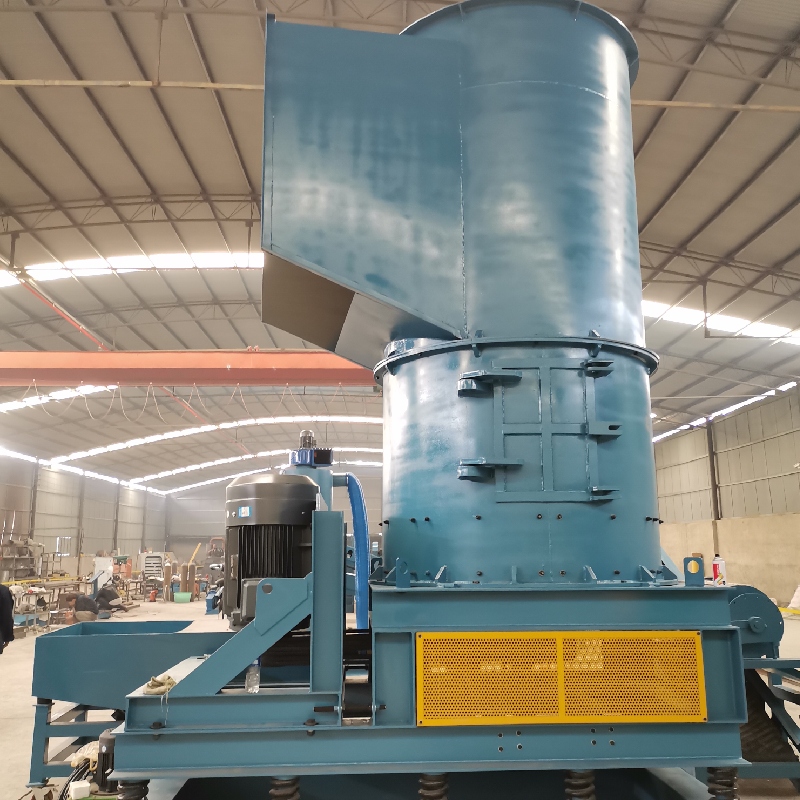

Aug . 14, 2024 17:00 Back to list
Understanding Eddy Separators An Innovative Approach to Separation Technology
Eddy separators are becoming increasingly prominent in various industrial applications, particularly in the recycling and waste management sectors. These devices leverage the principles of electromagnetic induction to efficiently separate non-ferrous metals from other materials, providing a cleaner and more sustainable solution to material recovery processes. In this article, we will explore the basic principles behind eddy separators, their advantages, and their applications in different industries.
What is an Eddy Separator?
An eddy separator, also known as an eddy current separator, is a device that utilizes the phenomenon of eddy currents to separate non-ferrous metals—such as aluminum, copper, and zinc—from a mixture of materials. The system consists of a rotating magnetic drum, which generates a rapidly changing magnetic field. When conductive materials, like non-ferrous metals, pass through this field, they induce eddy currents that produce their own magnetic fields. These created fields interact with the magnetic field of the drum, causing the metals to be repelled away from other materials.
How Does it Work?
The operation of an eddy separator can be broken down into a few simple steps
1. Feed Introduction Material containing a mix of ferrous and non-ferrous metals is fed onto a conveyor belt that transports it towards the magnetic drum. 2. Separation Process As the mixture approaches the rotating drum, the magnetic field interacts specifically with conductive materials. Non-ferrous metals are induced with eddy currents, causing them to become momentarily magnetized.
3. Element Displacement The newly created magnetic field around the non-ferrous metals generates a force that repels them from the conveyor belt surface, directing them off to a designated collection area.
4. Material Collection The remaining materials, which may include ferrous metals, plastics, or other waste, continue on the conveyor belt without being affected by the eddy current, allowing for a clean and effective separation.
Advantages of Eddy Separators

Eddy separators offer several substantial benefits
- High Efficiency Eddy current separators can achieve high levels of metal recovery, often exceeding 90%, which makes them a powerful tool for recycling operations.
- Versatile Applications They can be used in various industries, including mining, waste management, and recycling plants, for the separation of different types of non-ferrous materials.
- Eco-Friendly Approach By recovering metals from waste, these separators promote sustainable practices and reduce the amount of waste sent to landfills.
- Low Maintenance With a reduced number of moving parts, eddy separators generally require less maintenance compared to traditional separation technologies, leading to lower operational costs.
Applications of Eddy Separators
The applications for eddy separators are vast. In the recycling industry, they are employed in scrap metal yards and material recovery facilities (MRFs) to extract valuable non-ferrous metals from mixed waste streams. Moreover, they are increasingly used in the mining sector for separating valuable ore from unwanted materials. Beyond recycling, eddy separators find utility in the manufacturing of electronic components, automotive parts, and other industries where sorting materials is essential for quality control and cost efficiency.
Conclusion
Eddy separators exemplify an innovative and effective method of material separation that not only enhances operational efficiency but also supports sustainability goals. As industries continue to focus on reducing waste and increasing recycling rates, the role of eddy current technology will undoubtedly expand, helping businesses minimize their environmental impact while maximizing resource recovery. By understanding and leveraging such technologies, we move closer to creating a more sustainable future.
Latest news
Troubleshooting Common Eddy Separator Problems
NewsJul.04,2025
The Role of Metal Recycling Plants in Circular Economy
NewsJul.04,2025
The Impact of Recycling Line Pickers on Waste Management Costs
NewsJul.04,2025
Safety Features Every Metal Shredder Should Have
NewsJul.04,2025
How Industrial Shredders Improve Waste Management Systems
NewsJul.04,2025
How Cable Granulators Contribute to Sustainable Recycling
NewsJul.04,2025